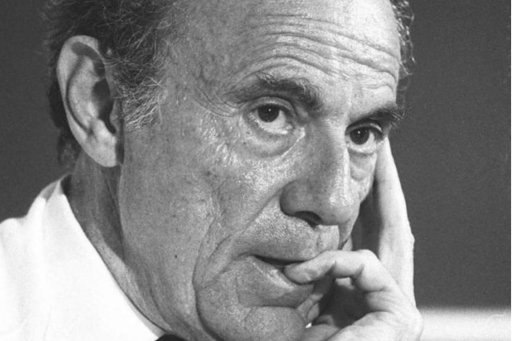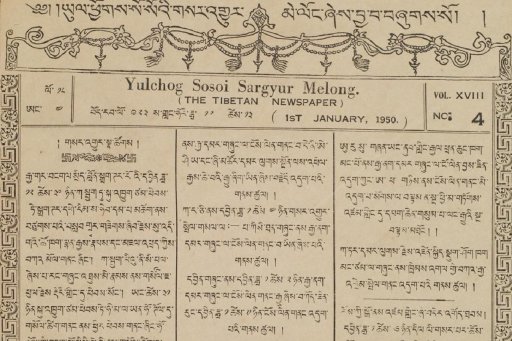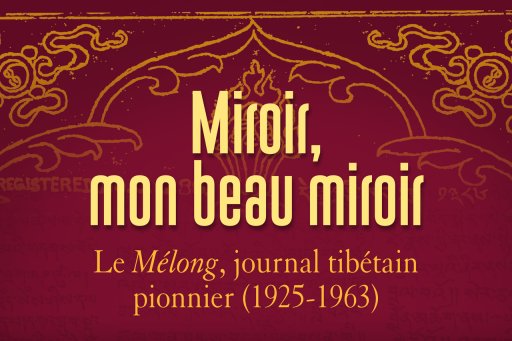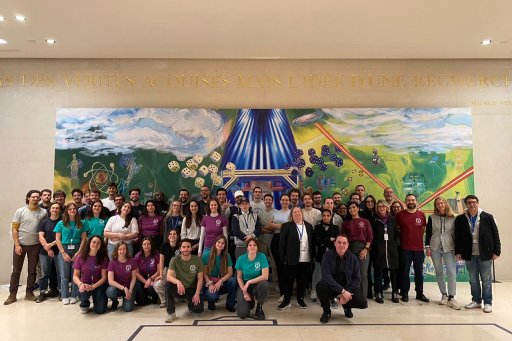How did European monarchs legitimize their power over the centuries ? At the heart of this question lies an often overlooked but decisive heritage: Roman law. Long after the fall of the Roman Empire, this legal tradition served as the intellectual and institutional foundation of European monarchies. It provided tools of government and a rhetoric of legitimization that have endured down the ages to form the foundations of our contemporary political system.
Interview with François Waquet*, historian of Roman law at the Collège de France.
In the Western tradition, sovereignty has never been based exclusively on force or divine transcendence. It has also been built through law. In this respect, the Roman model stands out as one of the most powerful instruments of legitimization, particularly through the lex regia. This imperial investiture law is still the subject of controversy today. It is known not only from legal and literary sources, but also from the fragment of a remarkable inscription concerning the accession of Vespasian, in 69 AD, and named by scholars lex de imperio Vespasiani, " law on the power of Vespasian ". The inscription is preserved in Rome's Capitoline Museum. It is the only copy of a law regularly renewed for each emperor - a law that Cola di Rienzo, an Italian notary and politician, reactivated from an explicitly political perspective in the XIVthcentury. Legal historian François Waquet explains : " The lex regia is a legal text that lists a certain number of powers vested in the emperor, but power remains vested in the prince by a decision of the people ". In this way, the emperor's role was founded neither by heredity nor by divine will, but by a collective legal act. This Roman model, centred on the investiture of the prince by the people, is based on a logic of voluntary delegation rather than supernatural transmission.
This fundamental gesture anchors sovereignty in a rational, formalized act. As the researcher sums up, the lex regia provides a " model for the legitimization of completely human power and positive law ", making it an essential alternative to the legitimacy of divine right. Despite political changes in the Empire, particularly the recognition of Christianity as the official religion in the IVthcentury, the memory of the lex regia continues to be revived. After the fall of Rome, this model offered a conceptual alternative to the sovereignty of divine right, dominant in the Christian monarchies of the Middle Ages and Modern Era, and was accompanied by rhetorical devices that established the monarch's authority.
The rhetoric of Roman law
This legal model of legitimization did not disappear with the gradual disappearance of the Roman republican institutions that persisted within the Empire. On the contrary, according to François Waquet, the authority of the prince in the late Empire was not built solely through coercion, but through the subtle use of persuasive language. A study of the imperial constitutions of the IVth and Vthcenturies, normative acts issued by the emperor with the force of law, shows the rhetorical devices at work in these texts. The emperor, despite his powerful prerogatives, uses a form of discursive persuasion. " Authority can be defined as being obeyed without constraint. The emperor uses rhetoric to elicit obedience ", explains the researcher. This scientific approach overturns the traditional reading of Late Antique sources as mere authoritarian statements, by emphasizing their argumentative dimension. As a result, late imperial legislation appears as a discourse shaped to convince, and not simply to impose.
In the kind of deliberative discourse the Ancients called " suasoires ", the speaker often sets himself up as an example. In some constitutions, for example, the emperor asserts that the law is so just that he subjects himself to it. This type of construction is not insignificant; it is part of a culture of exemplarity and persuasion, inherited from Greco-Roman oratory traditions, and makes it possible to " make a legal order credible without resorting to coercion ". This rhetoric of law also responds to a broadening of citizenship. Since the Edict of Caracalla in 212, all free men in the Empire were citizens. General laws now addressed to the entire civic body had to adapt their style to a plurality of audiences. " There was a way of speaking that had to be adapted, thus justifying the growing sophistication of imperial discourse ", notes François Waquet. These were all procedures that would nourish political power at the advent of European monarchies from the High Middle Ages onwards.
A legal matrix for European monarchies
The interest of this heritage was not limited to the Roman Empire or its Byzantine extensions. Far from dying out with the fall of Rome, Roman law underwent a decisive revival in the West from the XIthcentury onwards, notably with the rediscovery of the Corpus juris civilis in Bologna. This resurgence of ancient law permeated all European legal constructions. François Waquet points out that this reception took place " both in the Holy Roman Empire and in the Western monarchies, where Roman law was used to justify positions that were sometimes perfectly contrary ". Roman law, and in particular the figure of the lawmaking monarch, served as a model for European monarchies from the Middle Ages onwards. François Waquet insists : " this reference is not confined to the Holy Roman Empire: the other kingdoms of Europe felt just as entitled to lay claim to the Roman heritage ". In France, Spain and even England, however, distinct political and legal traditions found in Roman law a common resource for thinking about sovereignty.
This apparent paradox can be explained by the plasticity of the Roman tradition, which derives precisely from its ability to think of power as a human institution, formalized by rules, procedures and language. This rationalization of sovereignty made it an ideal tool for natural law thinkers, who drew from it a model of political contractualization that broke with theological-political theory. Roman law offers a lexicon and an argumentation structure that sovereigns, jurists and theologians adapt to a wide variety of contexts. For example, it enabled both the Pope and the German emperor to claim universal sovereignty, reusing the forms of imperial law. This polysemy did not prevent the circulation of models : " the pope imitated the Roman emperor, to the point of exercising appellate jurisdiction in judicial matters ", notes the historian, underlining the transfer of techniques and postures.
The rediscovery of Roman law inspired proponents of the social contract, showing that " the political community can be born of an association of free and equal men ". In this sense, the Roman model, while marked by its ancient context, heralds certain forms of constitutional thought in the modern era. This matrix, far from being obsolete, continues to structure Western political thought, even in its most contemporary forms.
*François Waquet is a researcher in the history of Roman law at the Law, Culture and Society in Ancient Rome chair held by Prof. Dario Mantovani.









